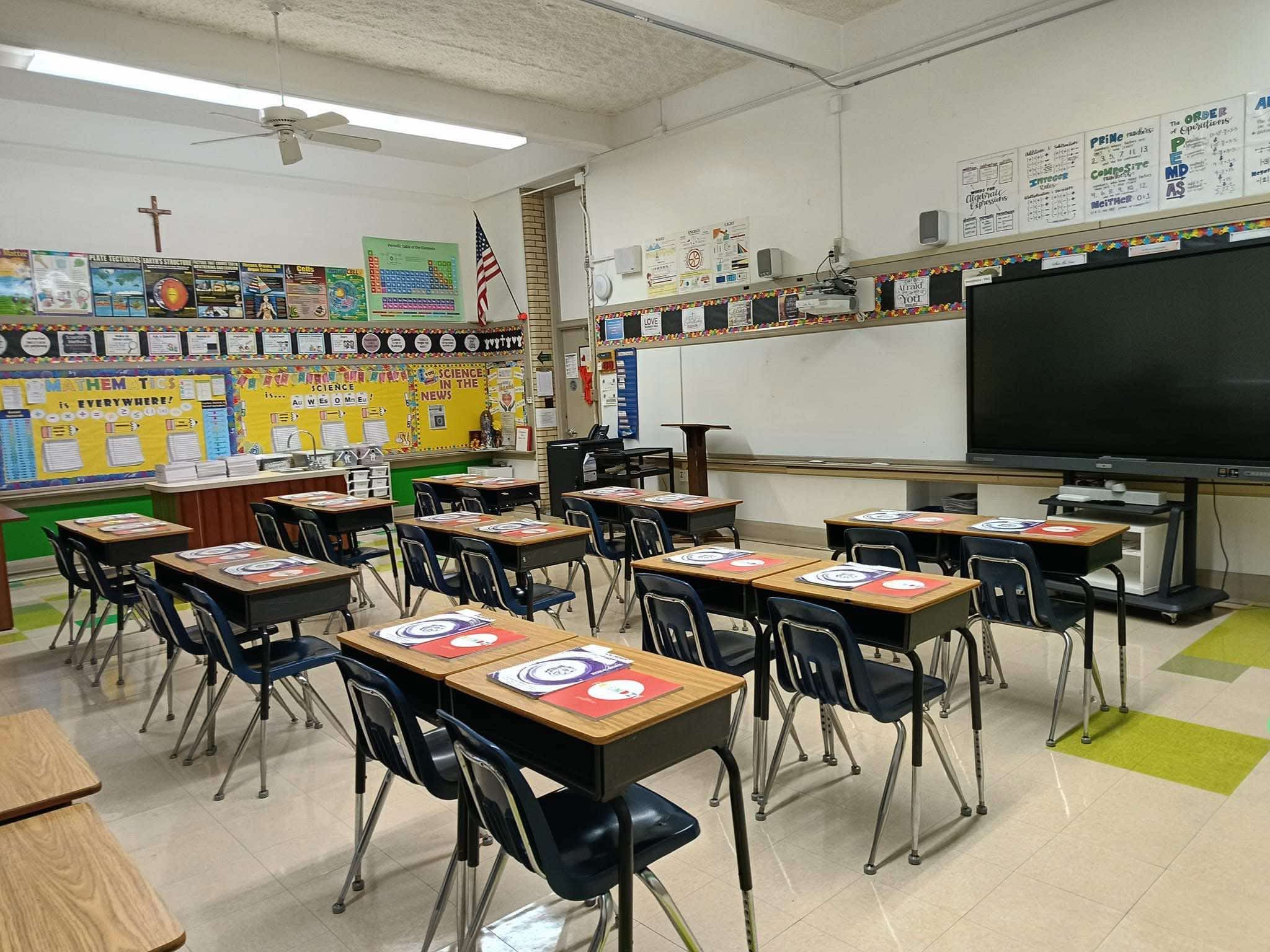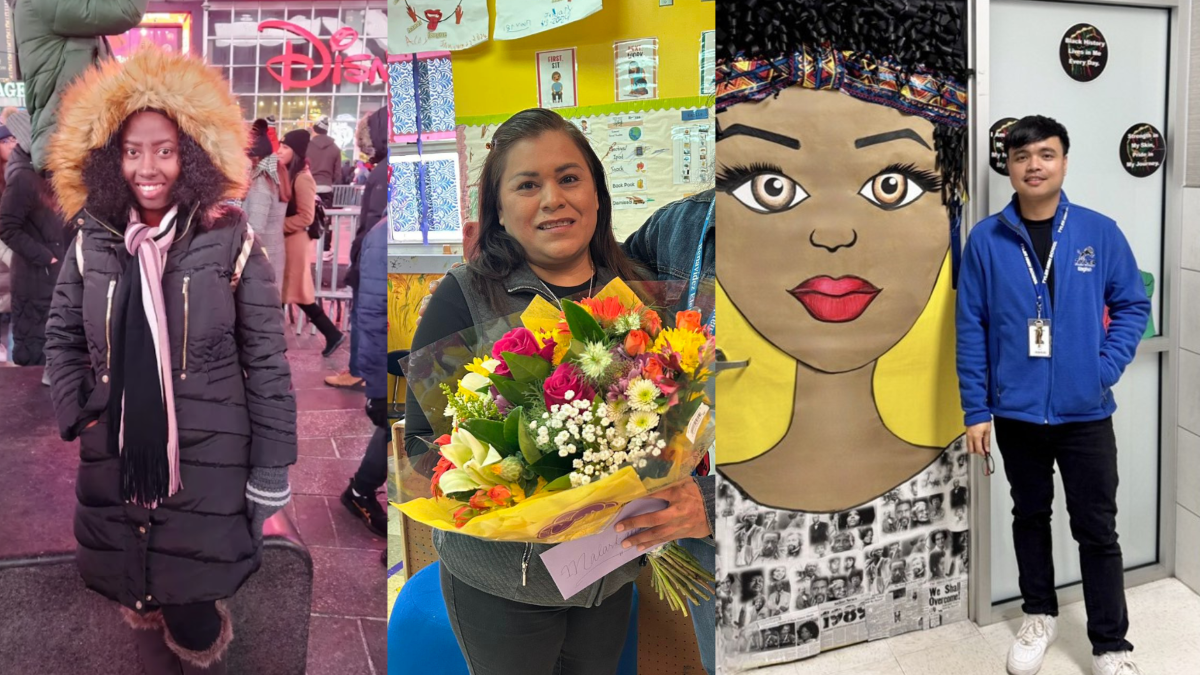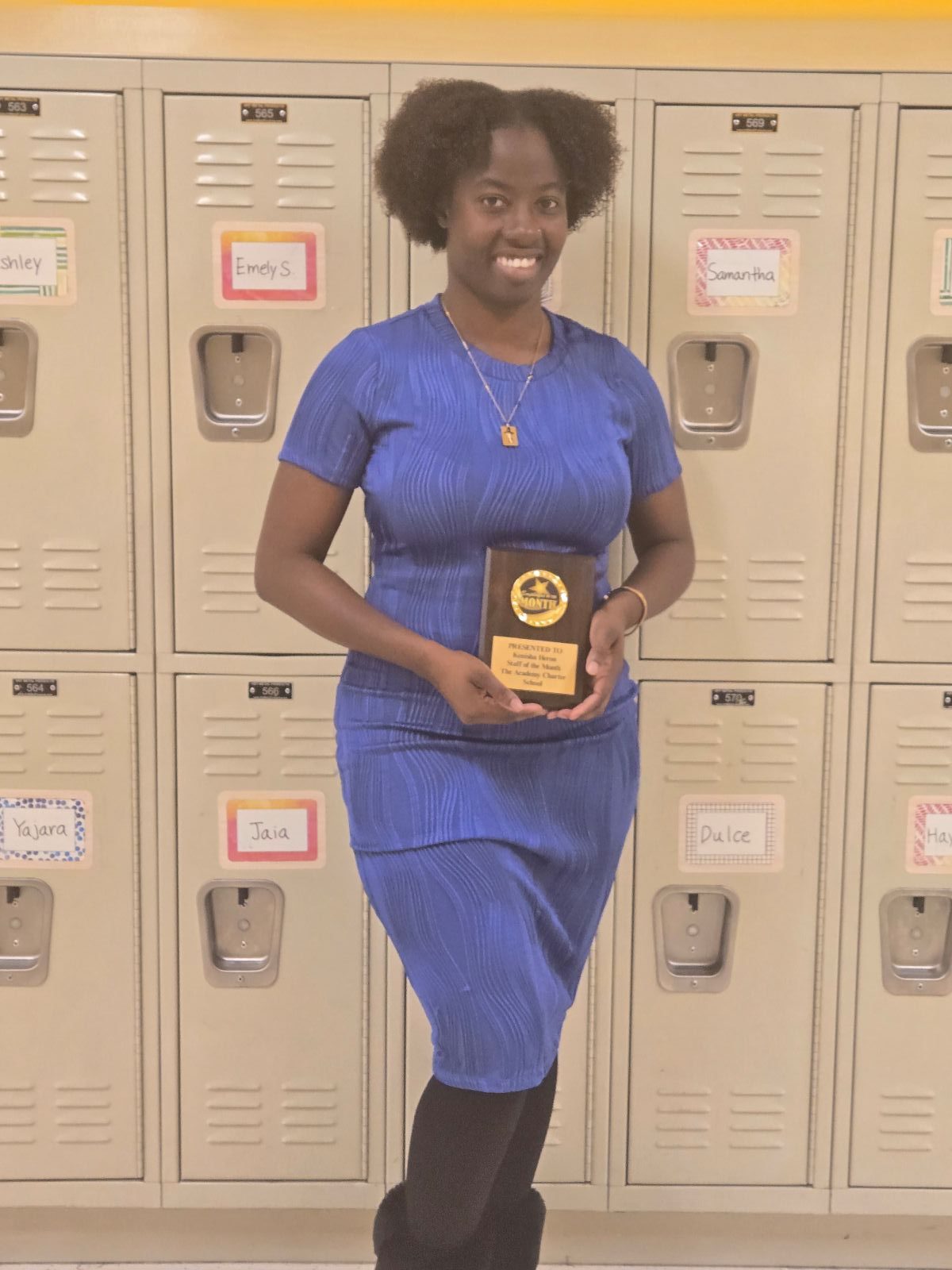Meet the Teachers!
Evolving Teaching Styles
“I’ve recently helped a teacher with the student choir who were practicing for the December concert…And it was a success.” In her free time Kenish likes to treat herself to a spa day, a fitness class or spends time outside
Prabhadevi found joy volunteering at Houston’s “Freedom Over Texas,” the city’s premier Independence Day celebration.
“I’ve discovered a love for visiting parks and capturing the beauty of nature through photography. Texas has many scenic spots, and I enjoy exploring local parks to take photos of landscapes, wildlife, and sunsets…One memorable experience was being a guest speaker during Career Day at Peete Elementary School, where I shared my love for the arts. Since I love acrylic and oil painting, I enjoyed inspiring young students by talking about my passion for visual arts
Bridging Cultures in the Classroom
“One unexpected similarity between Jamaica and the US that many people might not realize is the strong emphasis on community and family ties, where both cultures prioritize close relationships and support networks, often extending beyond immediate family, similar to the “extended family” concept in Jamaica. Other potential similarities could include: Multicultural diversity: Both countries have diverse populations with influences from various ethnicities, leading to a rich cultural blend in both places.”
A few similarities she mentions are a love for sports, and entrepreneurial spirit. She says, “A strong “hustle” mentality and desire to start businesses can be seen in both Jamaican and American communities.”
“I incorporate elements of my own culture into my teaching while in the US by sharing some personal stories and experiences that highlight aspects of my culture to provide context and relatable examples in my lessons. When teaching a topic, sometimes I integrate relevant cultural references, proverbs, or idioms from my background to enrich understanding and encourage students to share their own cultural experiences to foster a diverse classroom environment.”
“One of the unexpected similarities I’ve noticed between my home country and the U.S. is how friendly, helpful, and family-oriented people are. Just like back home, there’s a strong emphasis on supporting one another and maintaining close family bonds. I’ve also observed that many people here take pride in following their own traditions and culture, which resonates deeply with my upbringing. It’s heartwarming to see families gathering for celebrations, participating in community events, and preserving customs that are meaningful to them—just as we do in my home country.”
“Incorporating elements of my own culture into my teaching in the U.S. has been a natural and important part of my approach. In my culture, showing unconditional love to children and accepting them for who they are is deeply valued. I’ve carried this principle into my classroom by creating a nurturing and accepting environment where every student feels safe, loved and valued. I make sure to support them through challenges and celebrate their unique abilities, no matter where they are in their learning journey. Another key aspect of my culture is the commitment to training and supporting students until they achieve their goals. I believe in going out of my way to provide the help they need, whether it’s through extra time, creative teaching methods, or personalized support. This mindset of persistence and dedication is something I’ve incorporated into my classroom to ensure that my students feel empowered to reach their fullest potential.”
“One unexpected similarity I’ve found between the Philippines and the U.S. is the strong sense of community and family. In both countries, people value close-knit relationships and often support each other through both celebrations and challenges. I’ve also noticed a shared love for food, with gatherings centered around meals being a common tradition in both cultures, whether it’s a Filipino fiesta or an American barbecue. It’s been comforting to see these familiar aspects despite being far from home.”
“I incorporate elements of my own culture into my teaching by sharing Filipino literature and comparing it to American literature. I highlight similarities in themes such as family, identity, and resilience to help students make connections between the two cultures. Through these discussions, I aim to create a classroom environment where students can explore and appreciate both my culture and their own.”
Personal and Professional Growth
“I was surprised by how many similarities there are between Jamaica and the U.S., especially how much people value family and community. It made me feel less like a stranger and more like I belonged.”
Prabhadevi, who was honored as Campus Teacher of the Year, reflects on her journey: “Receiving that award was emotional. It felt like a validation of all the hard work and challenges I overcame. It reminded me why I’m passionate about teaching.” She also dreams of opening her own school back home, blending American inclusive practices with local culture.
“Living and working in a different cultural environment has enriched both my life and career in countless ways. I’ve become a more adaptable and innovative educator by embracing diverse perspectives and integrating new teaching methods inspired by my experiences here in the U.S. Beyond the classroom, this environment has broadened my worldview, allowed me to forge lasting relationships, and given me the opportunity to share my Filipino culture while learning from others, all of which continue to shape me both personally and professionally.”
“From my U.S. experience, I plan to bring back new teaching strategies, classroom management techniques, and a deeper understanding of diverse learning styles to share with my students and colleagues in the Philippines. I’ve learned the importance of student- centered learning, incorporating technology effectively, and fostering critical thinking through open discussions. Additionally, I want to share the value of cultural exchange and global perspectives, encouraging students in my home country to appreciate different cultures and connect with the world beyond their classrooms.
Related Posts

Our Team Is Built to Support You: Global Perspectives from Teachers Council

Ruel’s Rules: 5 Tips for Classroom Management





